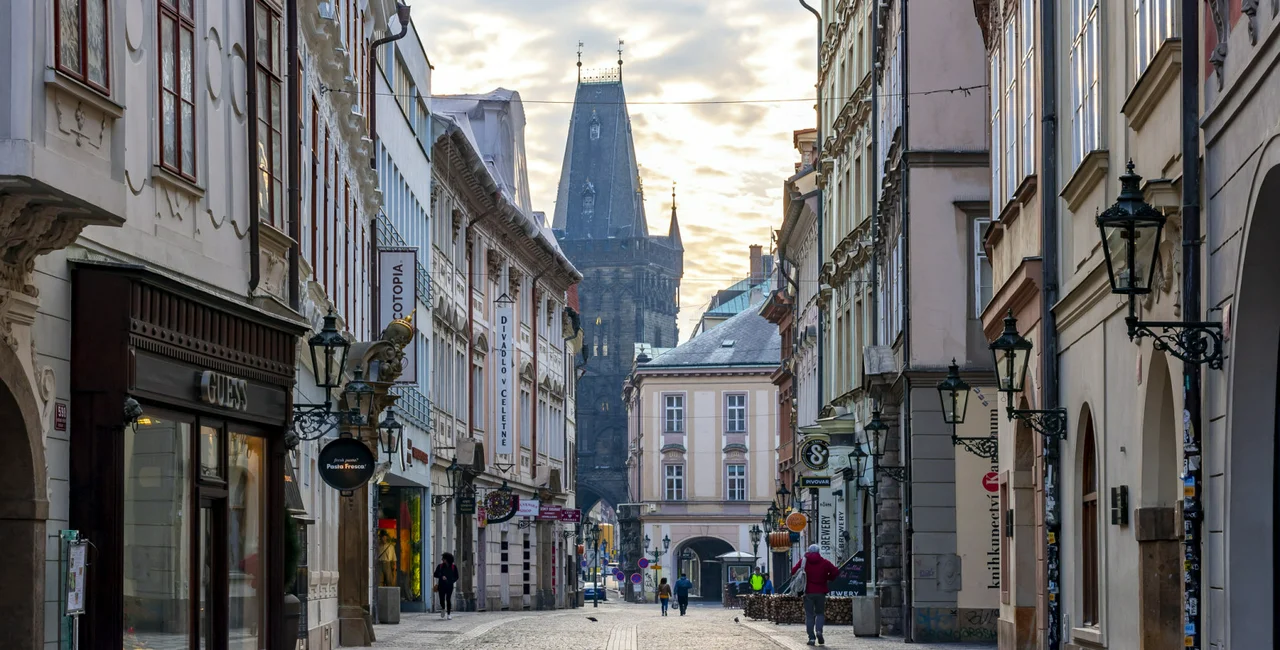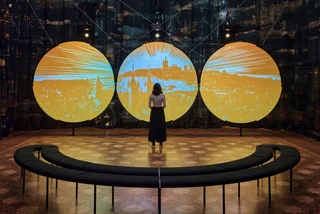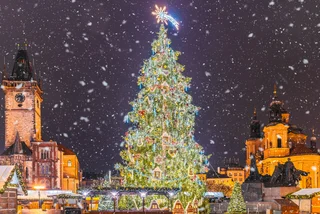Back when things were normal, it was easy to forget that Prague is an actual living city with over 1,000 years of history and not just a theme park for visitors. So many of us locals, Czech and non-Czech, tended to avoid Old Town.
But now, with the tourist hordes temporarily at bay, there’s never been a better time for Praguers to rediscover the city center. We have an opportunity to fall in love with Prague’s historic core again, as well as help out some of the businesses located there that are trying to cater to more than just tourists.
PARTNER ARTICLE
One of those businesses, Venue, is located on the old Havelské Market. Co-owner Karina Korenblum says her cafe has been particularly affected by the pandemic. “It’s funny because friends said they never come into the center because of the tourists, but now that there are no more tourists, they still don’t come. Maybe they’ve forgotten that it’s even an option!” she says.
While Venue attracted a lot of tourists, Korenblum always had locals in mind as well. “It’s a place for everyone,” she says, adding that people can now come and have a nice experience without the huge, noisy crowds.

Karina’s a friend and asked me if I knew any stories related to this part of Old Town, legends and tales that would encourage people to come back to and see it with fresh eyes, not mention patronize businesses that have been hit hard by the virus.
I’ve put together 10 such stories of Old Town sites, places you may regularly pass by without giving a second glance, or that you’ve been frequenting for a while now but never knew the astonishing stories baked into these buildings’ history and inception.
Looking for something to do this weekend? Here are 10 places you may not have known about in Old Town — grab a friend and visit them all.
Take a nighttime photo at the Two (Golden) Bears
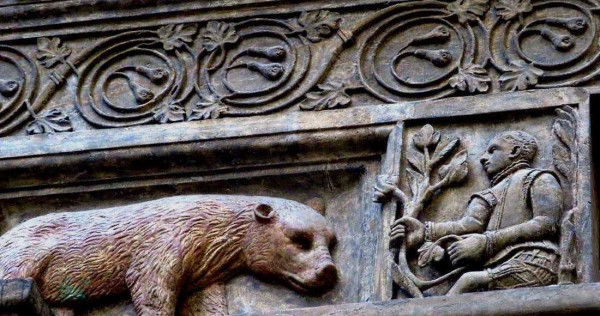
Said to be one of the oldest houses in Prague, legend has it that this Renaissance building with Gothic foundations (Kožná 475) was an entryway to the catacombs beneath Old Town and a portal through which spirits left the underground each night to wander the city, returning before sunrise, guided by the two golden bears above the doorway.
An oft-told tale says that two brothers once scraped the gold leaf from the bears and sold it. When they died shortly after, an angry mob of ghosts confronted them, saying that the older spirits couldn’t find their way home. The pair concocted a ghostly paint that only the dead could see. It has been reported that if you take a flash photo of the bears at night, they’ll appear yellow or gold in the photo. Today it’s owned by the Prague City Museum.
Discover Central Europe’s oldest student “haunt”
View this post on InstagramA post shared by Dominik Mach | Czechia 🇨🇿 (@doma.mach) on
If you’ve ever walked through the passageway connecting Železná with Ovocný trh, you may have noticed the unique Baroque house at Ovocný trh 3-5. The Karolinum which dates to 1383 and was made the seat of Charles University by King Wenceslas IV, was said to have been built by Rotlev, a banker and mint master who fell on hard times when his mines were tapped out. He sold off his goods to keep the mine open, certain he’d strike gold eventually.
When there was nothing left to sell, his wife gave him a gold-embroidered veil he’d given her at their wedding. “You gave this to me once for love, and now I give it back to you for the same reason,” she told him. He pawned it and was able to keep the mine open another week. On the fourth day, workers struck gold. The house he built for his wife on the fruit market today is the site of a permanent underground exhibition on the history of the university.
Go on a green-man scavenger hunt
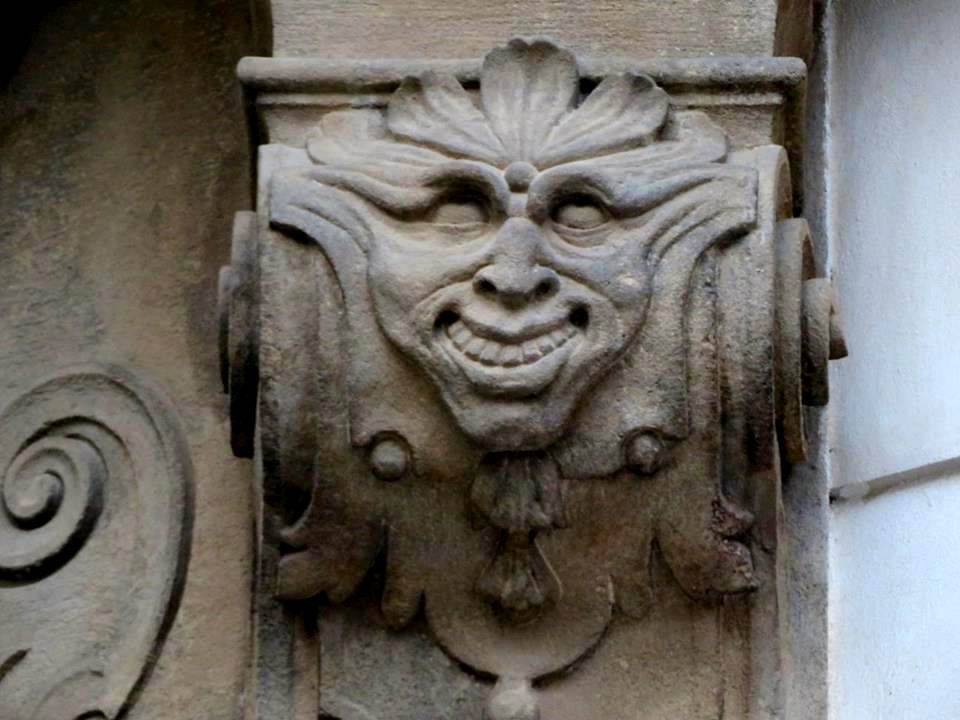
There’s a carving on the Karolinum of a Green Man, an old pagan symbol for new beginnings and rebirth commonly shown surrounded by leaves. In fact, here in the Czech Republic in the town of Lanškroun, tales of a wood spirit called Green Jack abound. The Romans called him Sylvanu, the Greeks called him Pan.
There are a number of green-man figures in Prague, see if you can spot them: on Powder Tower, looking towards Celetná, on the keystone of the House at the Stone Bell on Old Town Square, on the keystone of the arcade for the Týnská škola in Old Town Square, eight of them of at the Church of St Castulus (St. Haštal) on Haštalské náměstí in Old Town, and several on St. Vitus Cathedral.
Snap a lesser-known sculpture
One of the last unchanged Neo-Classical theatres in Europe, everyone knows that the Estates Theatre on Železná is where Mozart premiered Don Giovanni. What you might not know is that it’s the oldest still-standing theatre he performed in. The first modern Czech opera premiered here as well, as did Fidlovačka, which features the song “Kde domov můj?” (Where Is My Home?), now part of the national anthem.
There’s also an unsettling statue outside the theater, called Il Commendatore, in reference to Don Giovanni is by Czech sculptor Anna Chromý, part of her series of similar works titled Cloak of Conscience. Similar statues exist around the world and are the artist’s representation of peace and hope. The face inside the cowl is empty, but sometimes, if you take a flash photo at night, it looks like there is, in fact, a face inside the folds.
Visit one of Europe’s most-haunted pubs
View this post on InstagramA post shared by Alita Mislia (@alitamislia) on
One of the most haunted pubs in all of Europe is located at Provaznická 3. It’s said to have once been owned by a ropemaker who went to Holland for work, leaving the place to his beautiful wife to run. When he returned a few years later, he was happy to discover that she’d made the business a success.
But gossip hinted at “extras” she gave regular male customers, so he made a special rope, invited her down to the cellar, and then strangled her to death with it. Her ghost, it’s said, walks the rooms at night after closing time. The interior of U Provaznice is decorated with offbeat sexual motives, as well as images of her.
There’s even a wooden bust of her bust that, if you rub it, guarantees your lover will always be honest with you.
Get medieval in the metro station
The area where Na Příkopě, which means “on the moat”, meets Wenceslas Square had been known as Můstek, or “little bridge” for generations, though no one could remember why. When metro workers started digging in 1974 they discovered an actual little bridge underground. Na Příkopě was actually a moat (filled in in 1760) between Old Town and New Town at one point, and this was the bridge to cross it. You can still see a preserved piece of the medieval bridge between Old and New Town of Prague in the northwest vestibule of the Line A station.
Enjoy a craft brew amid Romanesque splendor
View this post on InstagramA post shared by U Kunštátů (@ukunstatu) on
In 1941, the cellar of an unremarkable house at the end of Řetězová was about to be converted into a bomb shelter, but construction was stopped when workers found medieval vaults. In the 1950s, more excavations took place, and eventually, an entire 12th-century Romanesque estate was uncovered. Researchers soon discovered that it was the first building in the city to be made of carved stone blocks, and it was bought by King George of Poděbrady (Jiří z Poděbrad) in the 15th century.
There’s now a craft beer pub located on the premises, U Kunštátů where visitors can see this UNESCO-protected monument, among the best-preserved Romanesque buildings in Europe while enjoying a local brew.
Sit down at a literary café with a savage backstory
This building at Řetězová 7 houses a legendary literary café, frequented by the likes of Franz Kafka, Max Brod, and Jaroslav Hašek. In the 18th century it was a performance hall known as the Olympia whose most famous act, the brainchild of an English promoter, was the Three Savages or Wild Men. The act featured so-called “Indians” from America who danced violently, spoke gibberish, and killed and ate pigeons on stage.
One day, a man in the audience recognized the performers as farmhands from his own village. “Hi František! Hi Alois and Vincenc!” he called out. The performers and promoters fled but the name stuck and the building has been known as the House of the Three Savages ever since. Café Montmartre still stands today (it recently reopened after coronavirus closures). It is one of the last cafés in Prague to retain its Bohemian character making it well worth a visit.
Get gelato served up with a good ghost story
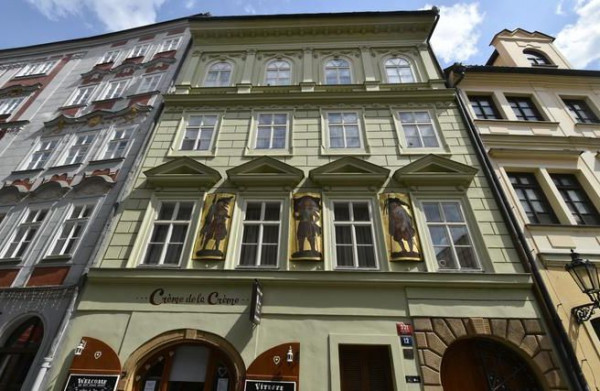
If you’re grabbing a gelato and happen to find yourself in the line that typically snakes out the door of the Crème de la Crème of Husova 12 on a hot day, look up. Distinctive paintings of three men on metal panels appear between the windows on the facade of the Neo-Renaissance building. Known as the House of the Three Standard Bearers (U tří praporečníků), it was once the site of a pub called the House of the Three Angels and is supposedly named for three Austro-Hungarian soldiers who shared a room at a nearby inn.
The night before they were due to ship out the men stayed up all night drinking at the pub and swore that, if one of them died, he should come back to the pub and tell the others what happened. Months later, two of them returned. One night, the third appeared as a ghost, predicting, “Within the year, you will both follow me.”
They both quit drinking, mustered out of the military, and joined a nearby monastery. Both died within the year, exactly as predicted (other sources say the house sign dates to the 16th century and represents the tailor that once inhabited the building).
Worship a cult figure with a good cup of coffee
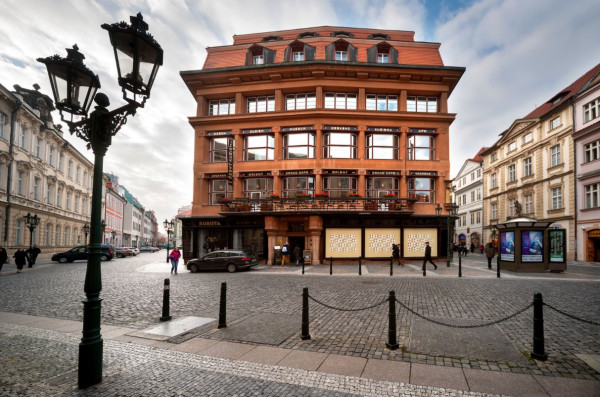
One of the finest Cubist buildings in town, and home to the Czech Museum of Cubism as well as the Cubist Grand Café Orient, is located at Ovocný trh 19. The current look was designed by Josef Gočár in 1911-12 as a department store for merchant Josef Herbst over the core of a much older building. The name comes from a Baroque statue of the Black Madonna on the corner of Celetná. Only around 500 depictions of the Black Madonna have been found in Europe, mainly in Southern Europe.
There’s a story that the old building caught fire once, but the entire wall where this statue was remained untouched by the flames. She was then placed outside to protect the entire building. While some say the madonna’s black appearance is merely a result of the materials used (they turn black over time), others see her as a divine miracle.
The Grand Café Orient is always a nice option for showing visitors something uniquely Czech, but if you’re looking for a place with a laid back local feel to end your explorations, Venue (Havelská 4), focuses on brunches that feature high-quality, seasonal ingredients along with relaxed yet efficient service and atmosphere.
It’s the kind of place you can get a pretty quick bite of some very good food, or linger for a while, talking with friends or reading a book — the kind of place we hope to see continue thrive in our over-touristed neighborhoods.
What are your favorite locations to frequent in Prague’s Old Town?











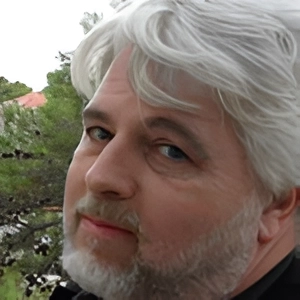
 Reading time: 9 minutes
Reading time: 9 minutes 